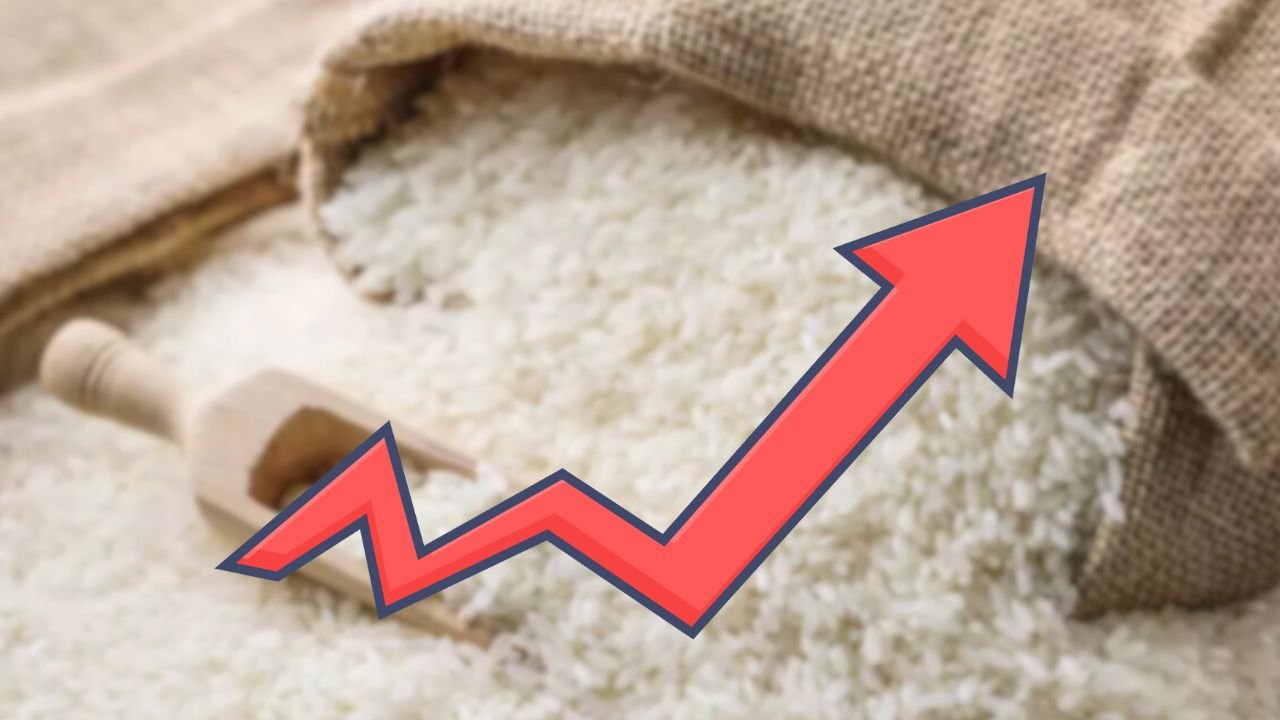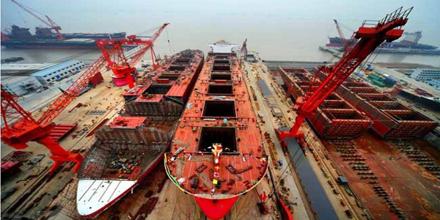No Crisis Yet, But Rice Prices Keep Rising

Rice Prices on the Rise Despite No Crisis: A Struggle for Common People
As the Aman season peaks, rice prices have unexpectedly risen, putting additional strain on lower and middle-income families. Typically, this time of year is characterized by a high supply of rice, as the newly harvested Aman rice enters the market. Despite this ample supply, prices have been on the rise, leaving many consumers struggling with costs. Although there is no rice shortage in the country, the price hike continues to affect the common people. This unexpected rise in rice prices during the peak season has led to a crisis for many households, as the cost of rice, a staple food, has become unaffordable for some.
No Shortage, Yet Prices Surge
The Aman season is typically known for the abundance of rice in the market. Aman rice, harvested just before or at the beginning of winter, traditionally lowers prices during this time. However, despite this influx of fresh rice, the price of rice has increased over the past few weeks. A rise of two to four taka per kilogram has been observed in just one week, and this price hike seems to be persisting.
In this critical season, when the market should be flooded with fresh rice, prices have not decreased but have, in fact, increased. For the common people, especially the poor and middle class, this is a significant concern. The rise in rice prices during the peak harvest season has forced many to adjust their daily budgets, which is an added burden on their already strained finances.
How Has This Price Increase Happened?
Usually, during the harvest season, the market sees a higher influx of rice, which leads to a reduction in prices. However, in the current situation, the price of rice has been increasing, rather than decreasing, due to market manipulation by traders and millers. They have been increasing the price of rice by hoarding stocks, artificially inflating prices, and engaging in price manipulation tactics.
The situation has raised concerns among experts and government officials alike. While there is no rice shortage, there has been a significant increase in prices due to the stockpiling of rice by millers and traders. Despite the market having an adequate supply of rice, the prices remain high due to such practices.
The Growing Burden on the Poor
For poor families, the rising cost of rice is a significant concern. In many households, a large portion of the monthly income is spent on food, particularly rice. With prices rising, families have to stretch their budgets, often sacrificing other essentials to make up for the increased cost of rice.
One of the major impacts of this price increase is on the poorer sections of society. With a steady rise in rice prices, poor families are now forced to spend more on rice, which affects their ability to buy other necessary items. According to reports, the price of one kilogram of thin rice has increased by up to 10 taka in the past month. This price now stands at 85 taka per kilogram. For medium and coarse rice, the price increase is between 5 to 7 taka, and these varieties are now selling for up to 65 taka per kilogram.
This unexpected price surge is causing significant hardship for consumers, particularly for lower-income households who rely on affordable food. Despite the government’s efforts to control the price of rice, the market remains unstable, and the situation continues to worsen for the average consumer.
Market Manipulation and Price Hikes
Many experts point to the activities of traders and millers as the primary cause of the persistent rise in rice prices. These businesses have been manipulating the market by hoarding stocks and engaging in artificial price hikes. Due to the lack of effective market monitoring by the government, these entities are able to set prices based on their own interests, without regard for the welfare of the public.
The government has been criticized for not taking strong enough actions to regulate the market and ensure fair pricing. With no substantial efforts made to prevent price hikes, traders continue to exploit the system, and the common people bear the brunt of these unjust price increases.
Government’s Response and Control Measures
In response to the increasing prices, the government has taken some steps to address the situation. One of the initiatives includes importing rice to stabilize the market and bring prices down. Despite these efforts, the price of rice has not shown any significant reduction over the past year. In fact, in the last year, rice prices have increased by 3-4 taka per kilogram, while the price of other essential goods has also risen.
Despite these efforts, the market remains unstable. Experts say that the key to addressing this issue lies in stricter government regulation and better market monitoring. The government should focus on ensuring that traders and millers do not manipulate the market and increase prices at will.
The Need for Stronger Market Oversight
The current rice price crisis highlights the need for more stringent government intervention in the market. The government should take stronger measures to ensure that rice prices remain stable and affordable for the average consumer. This includes enhancing market monitoring systems, cracking down on illegal stockpiling and price manipulation, and ensuring that the rice market is fair and transparent.
One way the government can do this is by increasing the involvement of the Trading Corporation of Bangladesh (TCB), which can sell rice at fair prices to the public. A more aggressive and effective approach to market control is necessary to prevent traders from exploiting the situation.

The Role of Syndicates in Price Hikes
At the heart of the problem lies the role of syndicates in manipulating the market. These syndicates, made up of millers and traders, collude to artificially inflate prices. This practice results in unfair pricing that disproportionately affects the common people. Despite the government’s efforts to control the price of rice, these syndicates continue to thrive and manipulate the market.
There is a growing concern that the government has not been able to break these syndicates and bring the price of rice back down to reasonable levels. With the lack of effective action against these groups, the situation only seems to worsen, making it harder for the general public to afford basic necessities.
A Call for Action
Experts and consumers alike are calling on the government to take immediate action to break the rice syndicates and bring down prices. In addition to more stringent monitoring, the government must ensure that businesses cannot engage in price-fixing and manipulation. A multi-pronged approach that includes government regulation, imports, and better oversight could help alleviate the crisis.
As the holy month of Ramadan approaches, it is imperative that the government take action to bring down rice prices and stabilize the market. Consumers are already feeling the strain of higher prices, and the pressure will only increase as the demand for rice and other essential items rises during Ramadan.
The Growing Need for Food Security
Food security is another critical issue that has come to the forefront due to the rising rice prices. According to experts, 26% of the country’s population is struggling with food insecurity. With the rising prices of essential food items like rice, the situation is expected to worsen for many families.
Food security experts have emphasized the need for the government to prioritize the issue of rising food prices and the availability of agricultural inputs. Until now, no practical steps have been taken to lower the prices of rice and other essential goods. It is essential that the government takes concrete steps to ensure that food remains affordable for everyone, especially for the poorest sectors of society.
A Call for Urgent Government Action
The rise in rice prices, despite the ample supply in the market, highlights significant issues within the food supply chain. The manipulation of prices by traders and millers, combined with weak government regulation, has led to an unaffordable rise in prices for the common people.
To address this crisis, the government must take immediate and decisive action to regulate the rice market, break the rice syndicates, and ensure that prices are fair and stable. The public’s reliance on rice as a staple food means that price hikes have a significant impact on their daily lives. By strengthening market oversight and increasing transparency, the government can help bring relief to millions of consumers.
As Ramadan approaches, it is crucial that the government takes proactive measures to bring down the cost of rice and other essential goods. It is time for the authorities to ensure that no one is left behind in the fight against rising food prices. Only through strong action can the government restore stability to the market and protect the welfare of the public.
Safinatun Jahan
Student, Dept. of Journalism and Media Studies,
Port City International University.






